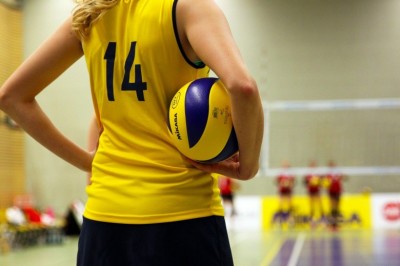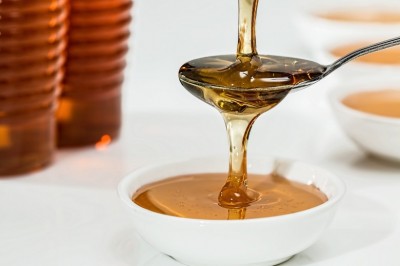The Japanese Language: Elegance of the Spoken and Written word
The Japanese language is written with a combination of three different types of scripts: Chinese characters called kanji, and two syllabic scripts made up of modified Chinese characters, hiragana and katakana. The Latin alphabet, romaji, is also often used in modern Japanese, especially for company names and logos, advertising, and when inputting Japanese into a computer. Western style Arabic numerals are generally used for numbers, but traditional Sino-Japanese numerals are also commonplace.
Japanese vocabulary has been heavily influenced by loanwords from other languages. A vast number of words were borrowed from Chinese, or created from Chinese models, over a period of at least 1,500 years. Since the late 19th century, Japanese has borrowed a considerable number of words from Indo-European languages, primarily English. Because of the special trade relationship between Japan and first Portugal in the 16th century, and then mainly The Netherlands in the 17th century, Portuguese and Dutch have also been influential.
Japanese is the de facto official language of Japan. There is a form of the language considered standard: hyojungo. Standard Japanese, or kyotsugo the common language. The meanings of the two terms are almost the same. Hyojungo or kyotsugo is a conception that forms the counterpart of dialect. This normative language was born after the Meiji Restoration from the language spoken in uptown Tokyo for communicating necessity. Hyojungo is taught in schools and used on television and in official communications.
For more info on writing and speaking Japanese go to:
http://saturnufo.kansai.hop.clickbank.net/























